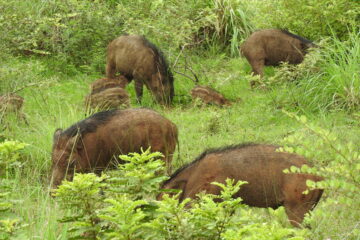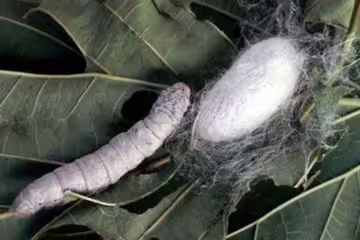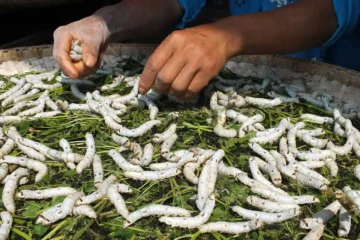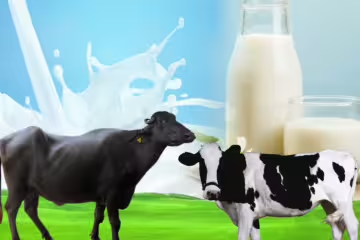Published Date: April 2018.
Just as rabies, tuberculosis, and anthrax are transmitted from animals to humans, it is essential to learn about the bird flu that is now spreading through chickens.
An outbreak of bird flu in the poultry farms of Nandurbar district, Maharashtra, particularly in Navapur, led to the death of millions of chickens, making it a significant cause for concern.
Avian Influenza, also known as Bird Flu or Avian Flu, is a contagious viral disease caused by the H5N1 virus that primarily affects chickens. This virus can also infect ducks, geese, pigs, and humans. The disease was first identified in Italy in 1900, and the H5N1 virus was isolated from birds in South Africa in 1961.
H5N1 is highly lethal to birds. The influenza-A virus, to which H5N1 belongs, has multiple strains.
In 2003, bird flu spread across several Asian countries, including Cambodia, China, Indonesia, Japan, Laos, South Korea, Thailand, and Vietnam. However, by March 2004, the disease was brought under control. Unfortunately, it resurfaced at the end of June 2004 in Cambodia, Tibet, Kazakhstan, Malaysia, Mongolia, and Siberia in Russia, leading to the deaths of millions of chickens and the destruction of countless more.
Avian flu viruses are categorized into two types: low-pathogenic avian influenza (LPAI), which causes mild illness, and highly pathogenic avian influenza (HPAI), which causes severe illness.
How Bird Flu Spreads
Wild birds carry the virus in their intestines but are not affected by it, thus acting as carriers that spread the virus to other locations.
The virus becomes a threat when it infects domesticated birds like chickens, ducks, and geese. Bird flu spreads through the saliva, nasal discharge, and droppings of infected birds. If healthy birds come into contact with surfaces or materials contaminated by the virus, they too can become infected.
Human infection occurs only through close contact with infected birds or their waste. Bird flu does not spread directly from person to person.
The first case of bird flu in humans occurred in Hong Kong in 1997. Out of 18 people infected, 6 died. It was later discovered that the affected individuals had worked closely with chickens in poultry farms.
Preventive Measures for Poultry Farmers
Currently, the H5N1 virus has not been detected in Tamil Nadu, so poultry farmers must spread awareness that their flocks are safe from the virus.
Farmers should enhance biosecurity measures to prevent the spread of the disease in poultry farms. Quality vaccines should be administered to boost the birds’ immunity at the appropriate times.
Feed must be of high quality and rich in Vitamin A, which boosts immunity. Since wild birds and migratory birds can carry the virus, precautions should be taken to prevent domestic birds, like chickens and ducks, from interacting with them.
Vehicles, feed, and equipment entering the farm should be sanitized. Farm workers should maintain cleanliness and enter the farm only after proper sanitation. Workers must also wear protective clothing, face masks, and gloves.
It is crucial to follow guidelines provided by poultry experts regarding bird flu prevention. If there is a sudden death of chickens in a farm, blood samples should be sent for laboratory testing.
Cook chicken meat thoroughly at 70-100 degrees Celsius, as the virus is destroyed at this temperature. Avoid eating raw eggs or half-cooked eggs.
Dr. A.R. Jegath Narayanan, Former Deputy Director, Department of Animal Husbandry, Salem – 636 008.










